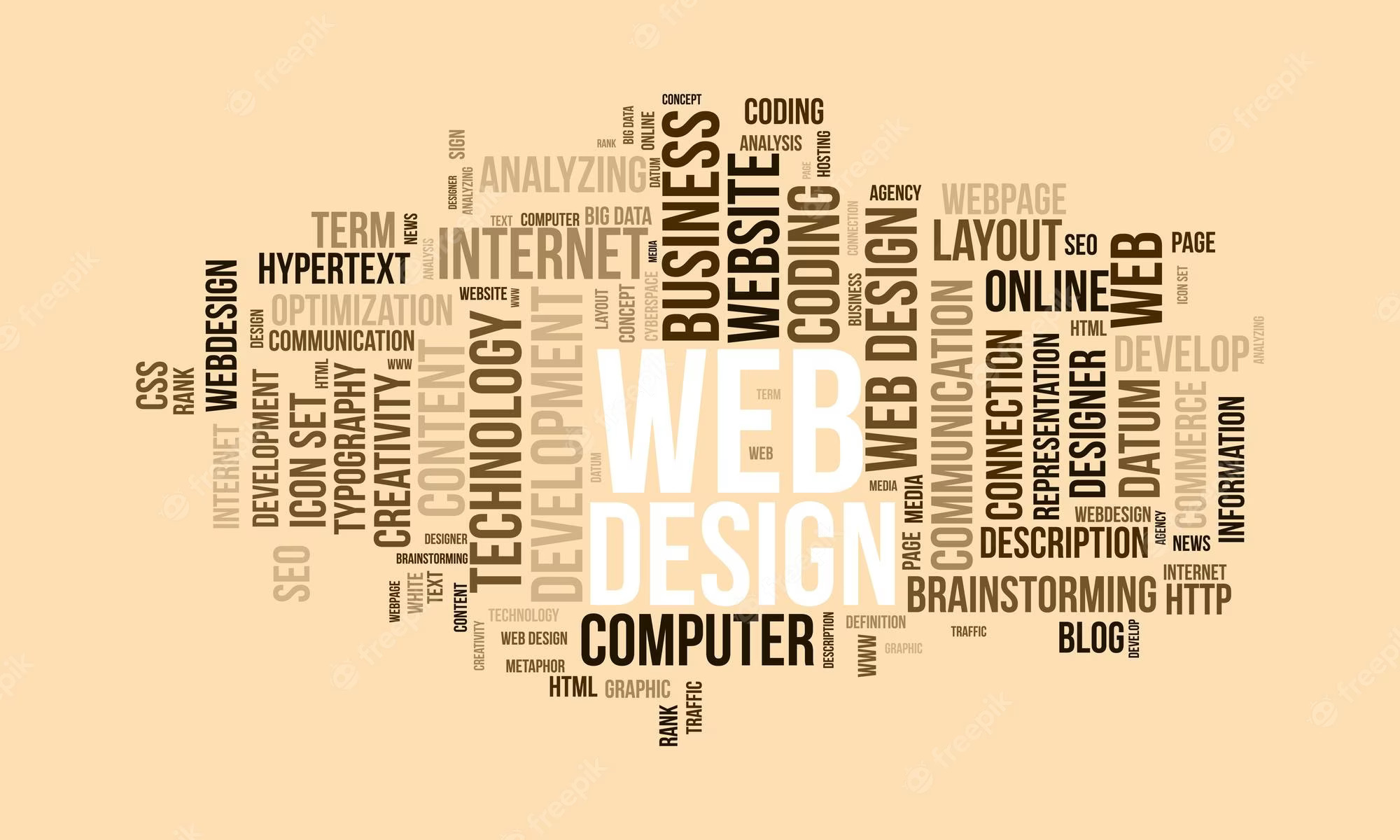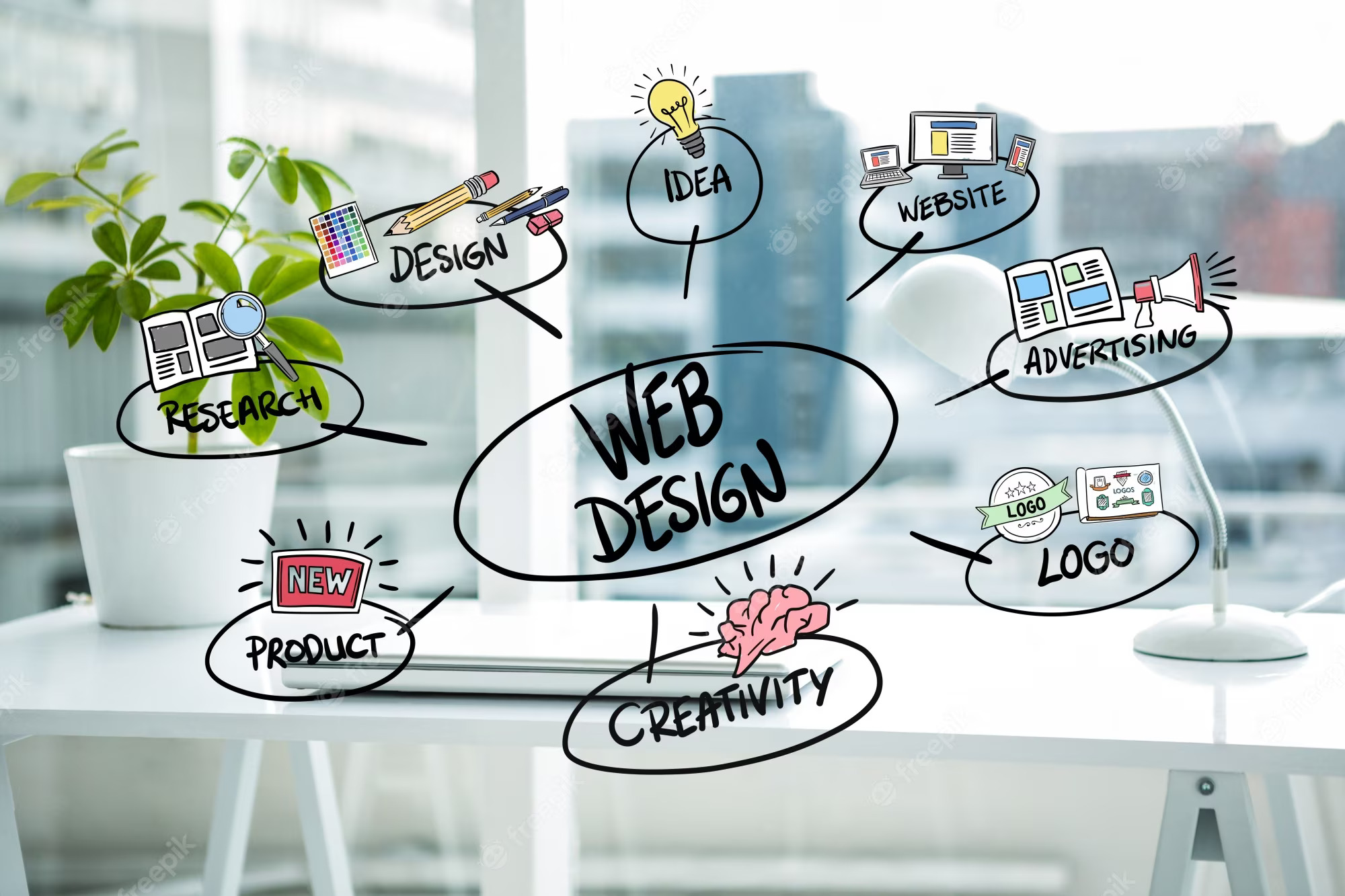In the vast expanse of the digital world, websites serve as anchors, providing businesses and individuals with a platform to share, interact, and transact. As the digital landscape continually evolves, so does the significance of maintaining these websites. Just like a well-oiled machine requires regular checks and tune-ups, a website demands consistent maintenance to ensure its longevity, security, and optimal performance. At CoreMeta, we recognize the intricacies of this process and the pivotal role of web maintenance in safeguarding a site’s integrity.
The introduction of the Europcar Assistance web tool by Europcar Mobility Group UK is a commendable step towards enhancing the customer experience in the vehicle rental industry. By providing instant access to incident support, breakdown assistance, and detailed information about the rented vehicle, Europcar is setting a new benchmark for customer-centric services in the sector. It’s impressive to see how they’ve integrated digital solutions to simplify the rental process, making it more user-friendly and efficient. For businesses looking to elevate their online presence and customer experience, partnering with a reputable Web design Agency can be invaluable. Furthermore, for those venturing into the e-commerce realm, an eCommerce website development agency can provide tailored solutions to meet specific needs. Kudos to Europcar for this innovative initiative, and I’m eager to see how this tool evolves in the future.
1. Introduction

In the vast realm of web design, one principle stands out as paramount: designing with the user in mind. This approach, known as user-centric web design, prioritizes the needs, preferences, and behaviors of the website’s visitors, ensuring that their experience is seamless, intuitive, and enjoyable.
What is User-Centric Web Design?: At its core, user-centric design is about empathy. It’s about understanding and addressing the needs and challenges of the users. Instead of forcing users to adapt to the design, the design adapts to the users, providing them with a tailored experience. For those new to this concept, our services page offers a deeper insight into the various aspects of web design.
The Importance of a User-Centric Approach: In today’s digital age, users have countless options at their fingertips. Websites that fail to cater to their users risk high bounce rates, low engagement, and poor conversion rates. A user-centric website, like the designs showcased in our portfolio, can foster loyalty, encourage longer visits, and drive conversions.
2. The Rise of User-Centric Design
As the digital landscape has evolved, so too have the principles guiding effective web design. The shift from business-centric to user-centric design marks a significant turning point in this evolution, emphasizing the importance of user experience in achieving online success.
Historical Context: In the early days of the web, design was often an afterthought. Websites were primarily informational, and user experience wasn’t a primary concern. However, as the internet grew and became more commercialized, the importance of design became evident. Our digital agency page provides a glimpse into how design principles have transformed over the years.
From Business-Centric to User-Centric: The old paradigm of web design was largely business-centric. Websites were designed based on what businesses thought users wanted or what they wanted to convey. This often led to cluttered, difficult-to-navigate websites. The shift to a user-centric approach brought about a renewed focus on simplicity, intuitiveness, and relevance. For those interested in adopting this approach, our web design Manchester page offers insights and guidance.
3. Key Principles of User-Centric Design
User-centric design revolves around understanding and catering to the user’s needs. It’s not just about aesthetics but ensuring that the design serves its primary audience effectively.
Understanding User Needs and Pain Points: Before diving into the design process, it’s crucial to understand who the users are, what they need, and what challenges they face. This can be achieved through user research, surveys, and feedback mechanisms. Our insight page offers a deeper understanding of how to gather and interpret user data.
Importance of User Research and Feedback: Continuous user feedback is the backbone of user-centric design. By actively seeking feedback and making iterative changes based on it, designers can ensure that the website remains aligned with user needs.
The Role of Empathy in Design: Empathy is the ability to understand and share the feelings of another. In design, this means putting oneself in the user’s shoes and designing experiences that resonate with them. It’s about creating designs that are intuitive, user-friendly, and enjoyable.
4. Benefits of User-Centric Design
Adopting a user-centric approach in web design offers numerous benefits, not just for the users but also for the businesses.
Enhanced User Experience and Satisfaction: A design that caters to its users ensures a smoother, more enjoyable browsing experience. This leads to higher user satisfaction and positive word-of-mouth referrals.
Increased User Engagement and Retention: Websites that prioritize user needs tend to have lower bounce rates and higher engagement metrics. Users are more likely to stay, explore, and return to such websites.
Boost in Conversions and Business Growth: A user-centric design can directly influence business metrics. When users find a website intuitive and engaging, they are more likely to take desired actions, be it signing up for a newsletter, making a purchase, or filling out a contact form. For businesses looking to optimize their online presence, our services page offers a range of solutions tailored to enhance user experience.
5. Real-World Examples of User-Centric Web Design
User-centric design principles are not just theoretical; they are actively employed by successful companies worldwide. By examining real-world examples, we can gain insights into how these principles are applied and the benefits they offer.
Airbnb: Known for its intuitive interface, Airbnb prioritizes user needs with features like an easy-to-use search bar, captivating visuals, and personalized recommendations. The platform’s design simplifies the process of finding and booking accommodations, making it user-friendly for both hosts and guests.
Dropbox: Dropbox’s web design is a testament to the power of simplicity. With a minimalistic design, the platform clearly communicates its value proposition, making it easy for users to understand and use its services.
Freshbooks: Catering to freelancers and small businesses, Freshbooks offers a user-centric design with simplified navigation and empathetic categorization. The platform understands its users’ needs for efficient invoicing and accounting, reflecting this understanding in its design.
6. Challenges in Implementing User-Centric Design
While the benefits of user-centric design are evident, implementing it is not without its challenges. Recognizing these challenges is the first step towards addressing them effectively.
Balancing Business Goals with User Needs: While it’s essential to prioritize user needs, businesses also have their objectives to meet. Striking a balance between the two can be challenging but is crucial for long-term success.
Overcoming Biases and Assumptions: Designers and stakeholders come with their biases and assumptions. These can sometimes cloud judgment and lead to designs that don’t truly cater to the user. Regular user testing and feedback can help in mitigating this challenge.
Keeping Up with Changing User Behaviors and Preferences: The digital landscape is ever-evolving, and so are user behaviors. What works today might not work tomorrow. Staying updated with the latest trends and continuously iterating based on feedback is essential. Our insight page offers valuable insights into the changing dynamics of user behavior.
7. Tools and Techniques for a User-Centric Approach
Adopting a user-centric approach requires more than just intent; it requires the right tools and techniques to understand and cater to users effectively.
User Personas: Creating detailed user personas can help in understanding the target audience better. These personas, which are representative profiles of target users, provide insights into their preferences, behaviors, and challenges.
User Journey Mapping: This technique involves visualizing the user’s path through the website. It helps in identifying potential pain points and areas of improvement, ensuring a seamless user experience.
A/B Testing: A/B testing involves experimenting with different design elements to understand what resonates best with the users. It’s a data-driven approach to design, ensuring that decisions are based on actual user feedback and not just assumptions.
For businesses looking to adopt these tools and techniques, our digital agency page offers comprehensive solutions tailored to enhance the user experience.
8. Benefits of User-Centric Design
The advantages of adopting a user-centric approach in web design are manifold, benefiting both the users and the businesses.
Enhanced User Experience: Websites designed with the user at the forefront offer a more intuitive and enjoyable browsing experience. This not only ensures user satisfaction but also encourages repeat visits.
Increased Engagement: A user-centric website naturally draws users in, prompting them to explore more, interact more, and stay longer. This increased engagement can lead to higher conversion rates and business growth.
Positive Brand Perception: When users have a positive experience on a website, it reflects well on the brand as a whole. This can lead to positive word-of-mouth, increased trust, and brand loyalty.
9. Conclusion
In today’s digital landscape, where users are inundated with choices, a user-centric approach to web design is no longer just an option; it’s a necessity. By understanding and prioritizing user needs, businesses can create websites that not only look good but also function seamlessly, leading to enhanced user satisfaction and business growth.
For businesses and individuals looking to delve deeper into the world of user-centric design, our insight page offers a wealth of information and resources.







